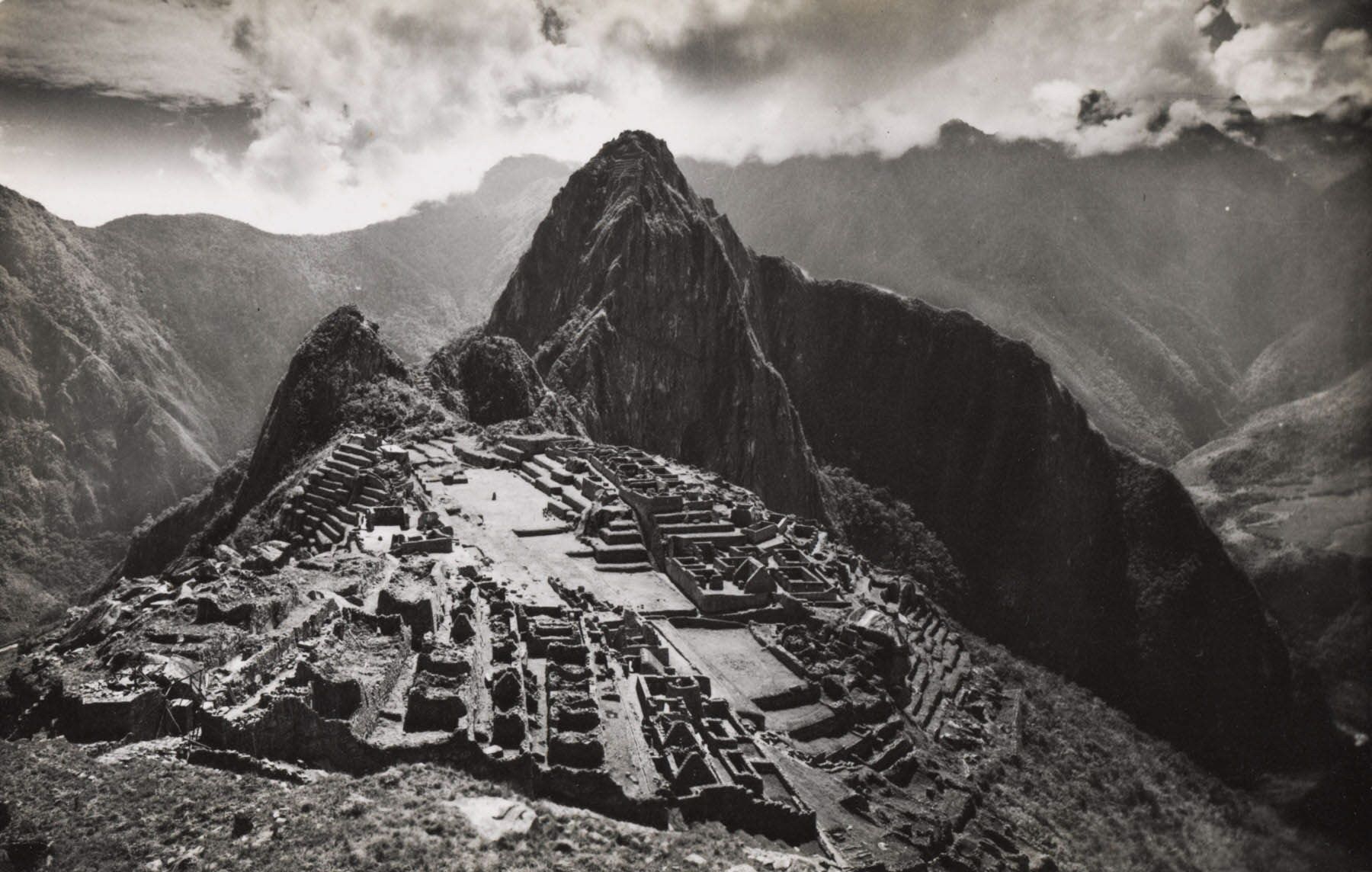A new unprecedented exhibit in Peru celebrates the “militant witness” to the birth of Indigenous social movements in the 20th century, Martin Chambi, with photographs never shown to the public.
Almost 400 pieces of photographs and documents make up the exhibit paying tribute to the Indigenous photographer, whose art can now be seen at the Art Museum of Lima (Mali) until mid-February.
Dating as far back as 1917, the exhibit documents the historical trajectory of the photographer, who took pride in his Indigeneity through depictions of ordinary life, festivities and rural landscapes of the ancient Inca city of Cuzco. More broadly, Chambi's photographs shed light on the wider social transformation that took place among Indigenous communities in the South Andes.

Postal Card of Machu Picchu by Martin Chambi circa 1930. Source: Efe

Indigenous People in Front of a Church in Cuzco by Martin Chambi, 1935. Source: Efe
Chambi's art was by definition political. Where Indigenous people were often cast as being outside of history and humanity, his photographs provided depth and complexity to a people rarely represented, if only through a white colonial gaze.
“They think that Indians don't have culture, that they are uncivilized, that they are intellectually and artistically inferior in comparison to whites and Europeans. I never believed in that, because I know my brothers...but I believe that more eloquent than an opinion are graphic testimonies. This is why I have taken up this task,” Chambi was quoted as saying in 1936.
Martin Chambi (1891-1973) was born to a family of campesinos en Coaza in the Peruvian Andes who, at the age of 17, moved to Arequipa to learn the art of photography. But it was in Cuzco, in the midst of its cultural effervescence, that Chambi started to be passionately inspired by his Indigenous roots and photograph the intimate everyday lives of his people and the landscapes that surrounded them.
Almost 30 percent of his photographs exhibited in Peru today are unedited and never shown to the public before, according to the museum's director Natalia Majluf.
